
Introducing Albishorn Unveils the Type 10 Officer
Welcome to the hub of the horoloy
This masterpiece merges the perpetual calendar with a 3-axis tourbillon and the Duomètre mechanism

Over nearly two centuries, Jaeger-LeCoultre has distinguished itself by continually advancing the precision of its calibers, crucial for accurate timekeeping. With a focus on tourbillons and the invention of the Duomètre mechanism, the Manufacture has cultivated expertise in enhancing timekeeping accuracy while integrating complications seamlessly. In 2024, Jaeger-LeCoultre brings together these two innovations in the Duomètre Heliotourbillon Perpetual, pushing the boundaries of inventiveness to new heights. The watch is a completely new design with an improved tourbillon and many complications compared to previous versions.

The new Duometre case embodies this essence with its convex crystal and gracefully curved bezel. Redesigned, the crown features deep, rounded notches enhancing its handling comfort, while the lugs boast sharp lines on their highly polished edges, Notably, the lugs are screwed rather than integrated, allowing for diverse finishing techniques. At 10 o'clock, a pusher facilitates date adjustments.

Measuring 44 mm in diameter, the case is a complex structure of 34 separate parts. A mixture of polished, brushed and micro-blasted surfaces creates a fascinating play of light with every movement of the wrist. The apparent simplicity of the case belies its complexity of detail, which perfectly complements the complexity of the caliber within.

The Duomètre Heliotourbillon Perpetual features a Silver opaline dial, showcasing a distinctive symmetrical layout. The triangular arrangement, symbolizing the underlying mechanism with its two barrels and gear trains, is rotated 90 degrees, with the winding crown at its apex. Flanking the time display are two power reserves, while the base of the triangle houses the moon-phase indicator, days, months, and years.

This classical yet rare complication, positioned at 3 o'clock, includes a large Date display on the hours-and-minutes subdial, ensuring excellent legibility. The year indication, displaying the last digit of a leap year in red, is a patented feature by Jaeger-LeCoultre. The moon-phase indication is at 11 o'clock.

A gold bridge separates the dial's two sides vertically, featuring contrasting microblasted and beveled areas, creating captivating light interplay akin to the watch case finishes. The left-hand side of the dial is open-worked, offering a mesmerizing view of the tourbillon's 'spinning top' rotation, achieved by three cages rotating on different axes and speeds. A sapphire crystal window on the case's side provides another perspective on this mechanical marvel.

Above a deep blue lacquer background representing a starry sky, the tourbillon spins, with red triangles on the third cage indicating 20-second intervals along a floating sapphire crystal arc. Refined finishes adorn the main dial, including applied hour indexes and frames around the date and year, alongside a mix of opaline, brushed surfaces, creating subtle contrasts between different indications.

The new Caliber 388 features an entirely new tourbillon construction, one that spins on three axes to create a ‘spinning top’ effect. Beating at a frequency of 4Hz (28,800 vph) to further enhance chronometry, Caliber 388 also incorporates a perpetual calendar with a grande date indication.
Initially designed for pocket watches, the traditional tourbillon, spinning on a single axis, fails to counteract gravity's effects in all positions. Recognizing the need for enhanced effectiveness across various wristwatch orientations, Jaeger-LeCoultre engineers developed the dual-axis Gyrotourbillon. Taking innovation further, the Heliotourbillon boasts a unique construction with three titanium cages rotating on separate axes. The first cage, positioned at a 90-degree angle to the balance wheel, rotates perpendicularly to it. The second cage, also set at 90 degrees but on the same plane as the balance wheel, joins the first. These two cages, guided by a 40-degree tilted axis, complete a full rotation in 30 seconds. The third cage, perpendicular to the second, completes a full rotation in 60 seconds. The tourbillon, supported on ceramic ball bearings to minimize friction, comprises 163 components and weighs less than 0.7 grams.

As a noble addition to the sophisticated tourbillon and Duomètre mechanisms, Jaeger-LeCoultre's watchmakers seamlessly integrated a perpetual calendar into Calibre 388, one of the most challenging complications. Notably, Calibre 388 allows for setting the hours and minutes both forwards and backwards without compromising the perpetual calendar, a feat uncommon in such mechanisms. Typically, adjusting a perpetual calendar backwards can desynchronize or damage the calendar mechanism due to its reliance on the passage of time. However, in Calibre 388, the relationship between the winding and calendar assemblies ensures that the perpetual calendar mechanism moves forward only, preventing any potential damage when setting the time backwards.
For more information please visit JLC official website.

Hands on The Summit Collection: A Strong First Step for New Brand Earthen
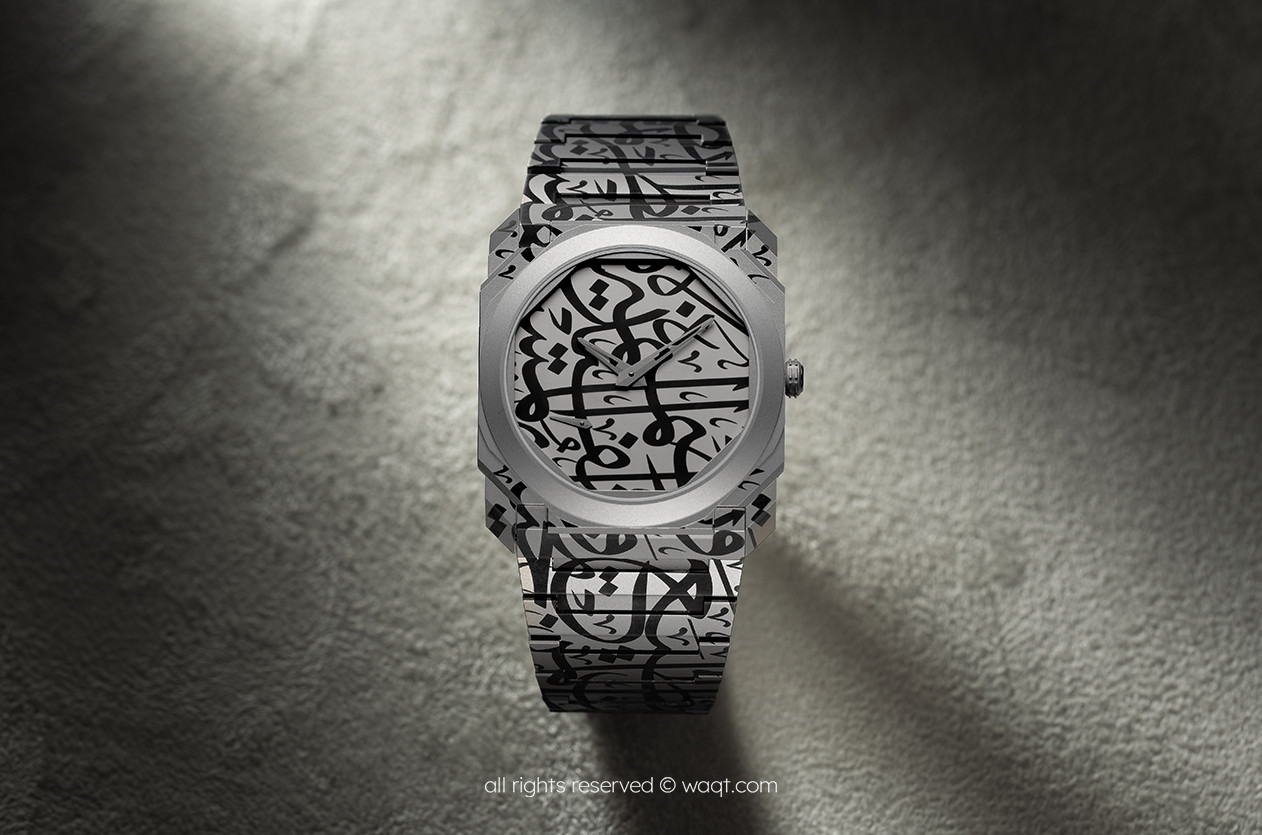
First Look Octo Finissimo Adorned with the Words of H.H Sheikh Mohammed bin Rashid Al Maktoum
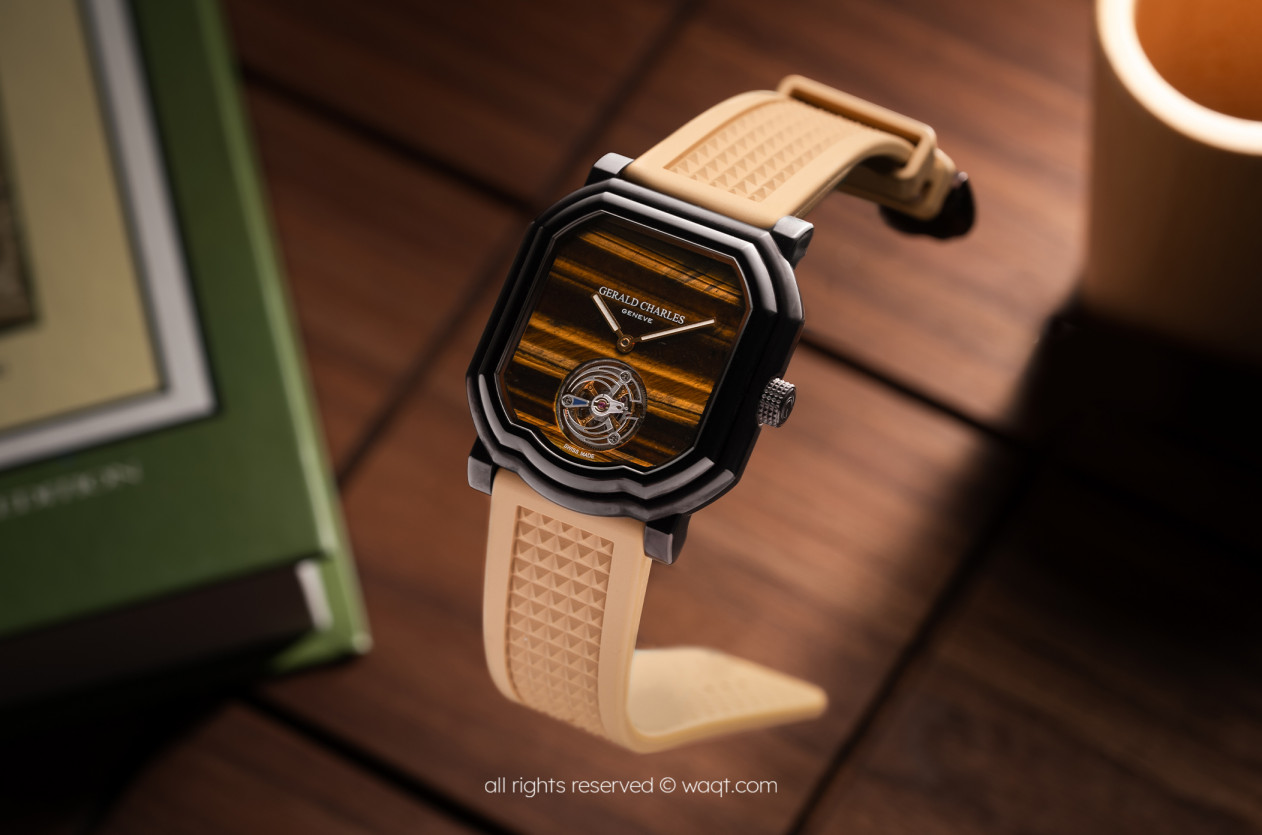
First Look Ahmed Seddiqi & Gerald Charles Unveil the Tiger’s Eye Tourbillon

Introducing Breguet’s Enduring Legacy Comes to Life Once Again in the Classique 7235
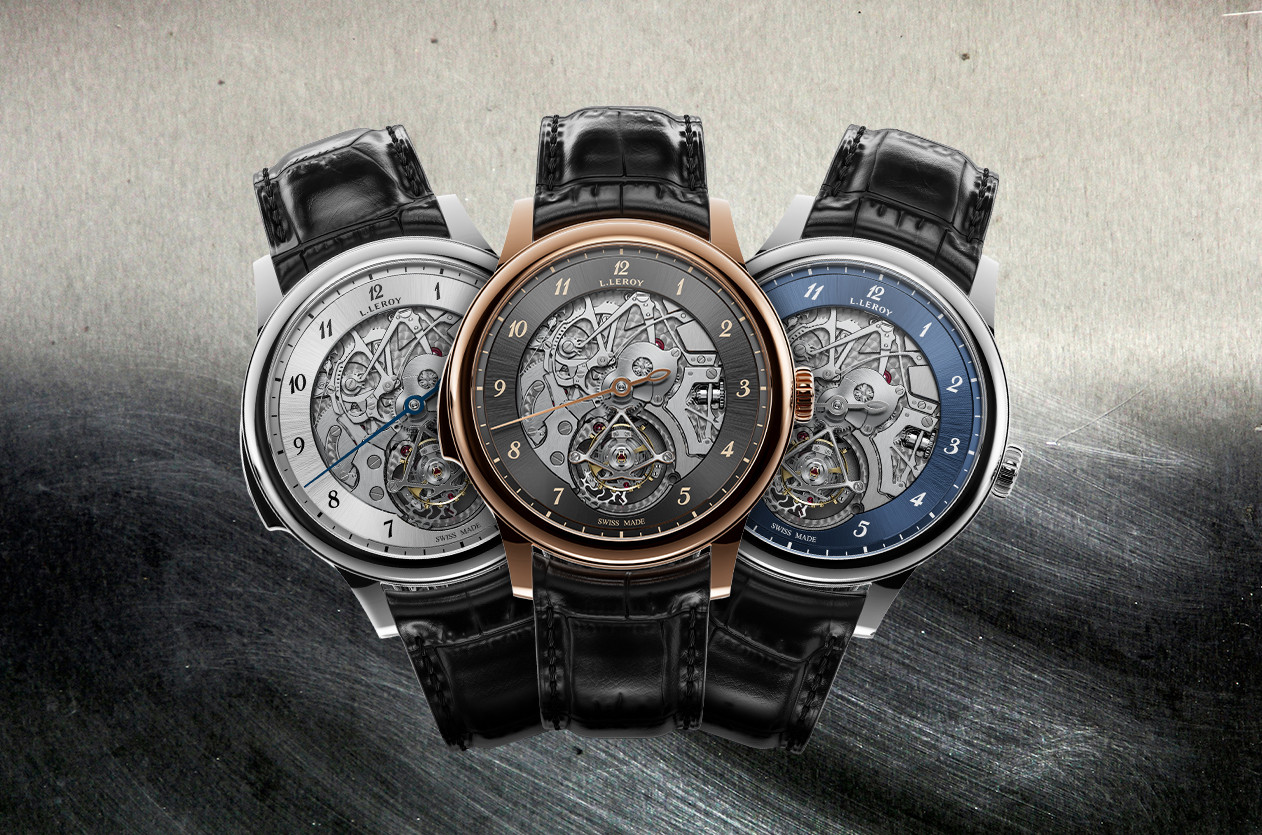
Introducing L.Leroy Unveils the Osmior “Bal du Temps”

News Dubai Watch Week 2025 Will Be the Largest Ever with 90 Brands Participating
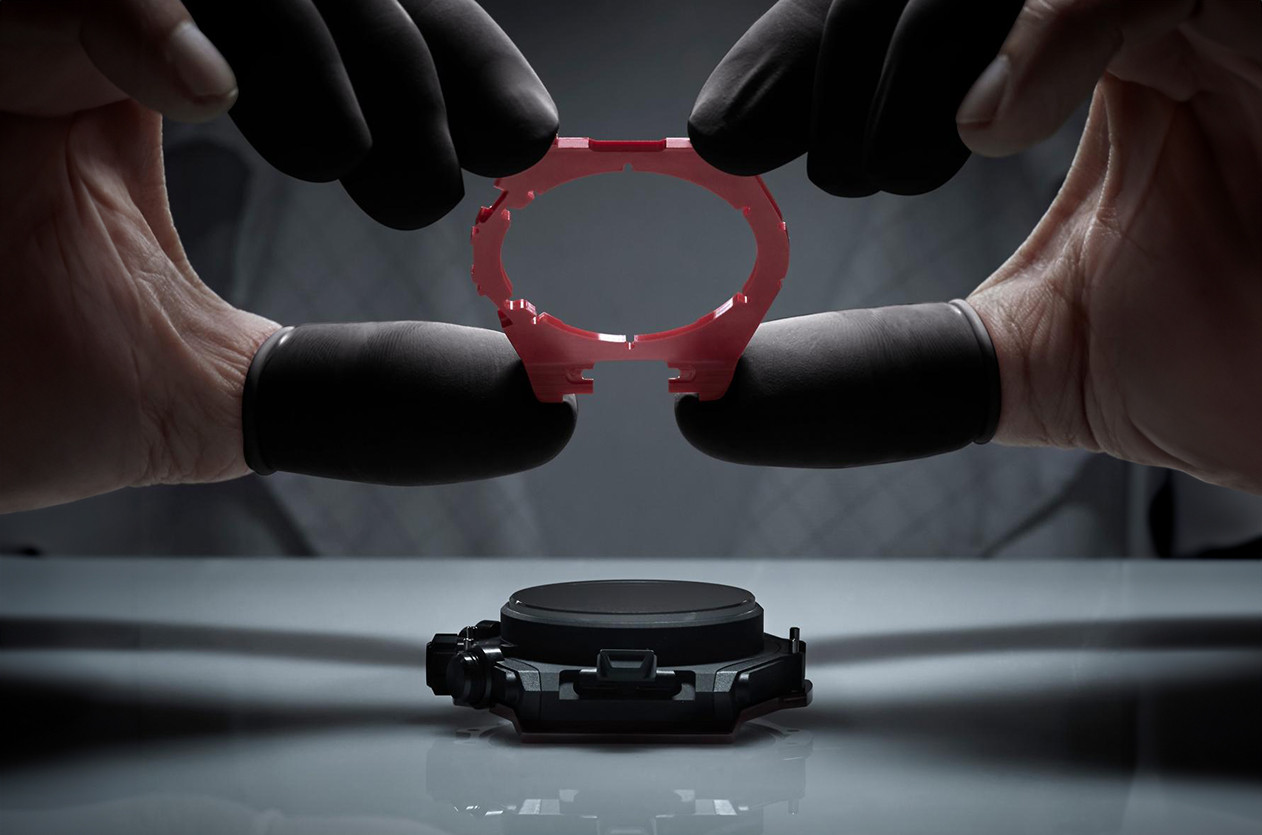
Editorial The Secrets of Watch Case Design

Hands on Phillips Presents Universal Genève’s First Timepiece Following Its Revival
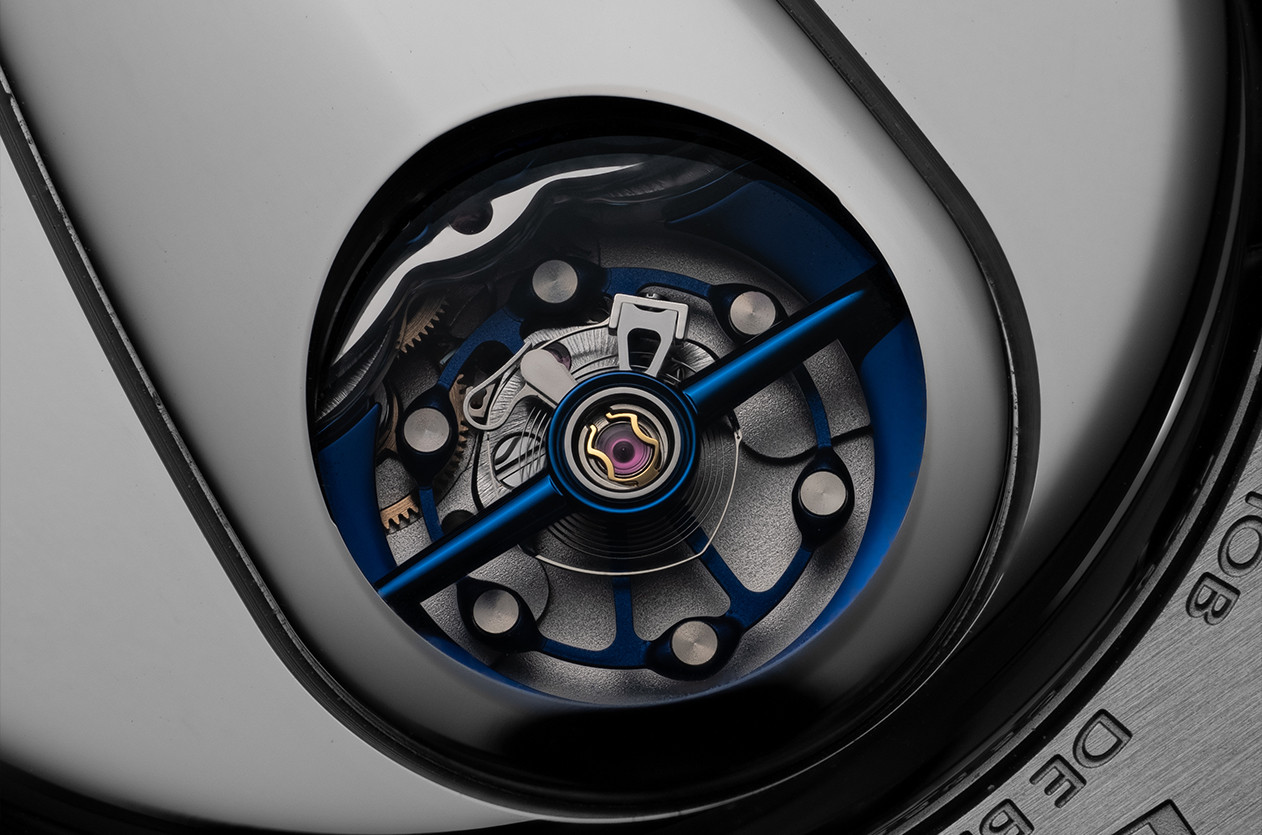
Technical The Frequency, Why It Matters in Mechanical Watches
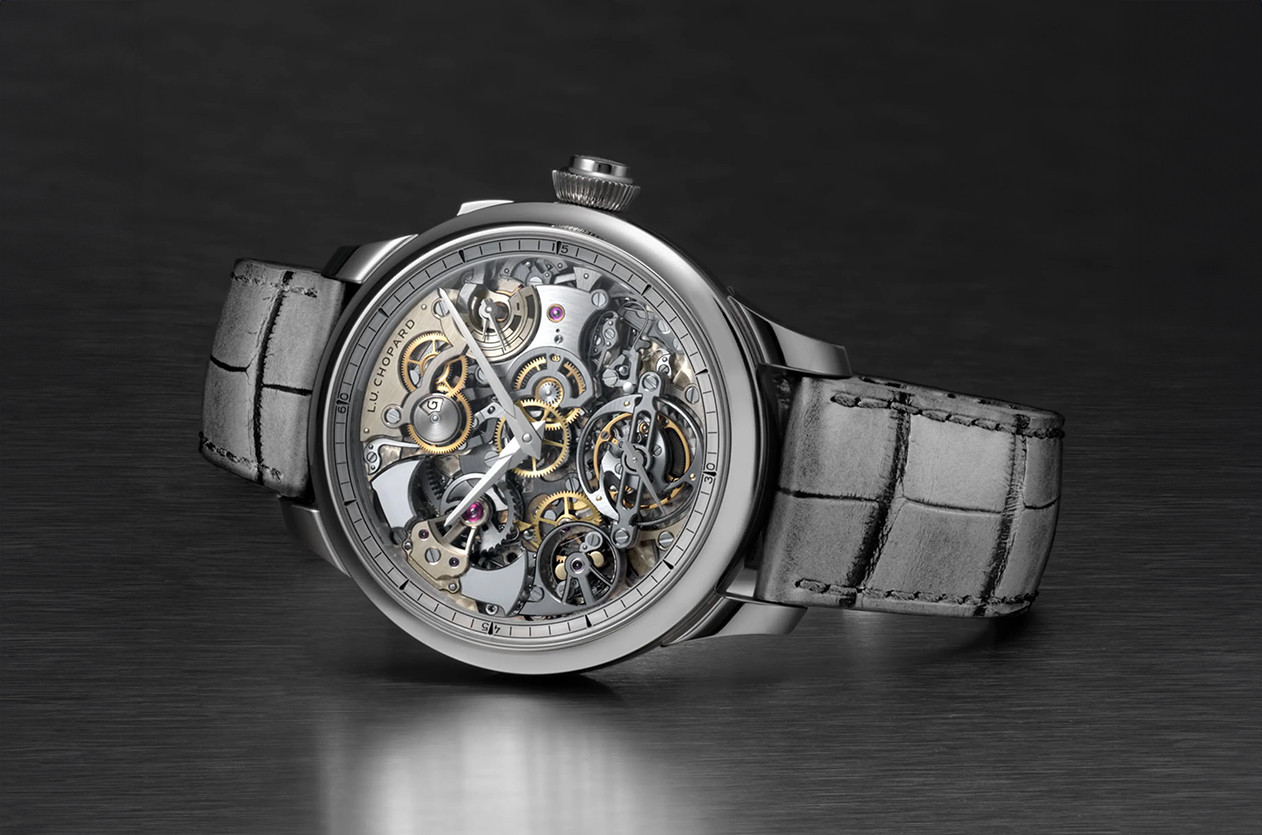
Introducing The New Chopard the L.U.C Grand Strike
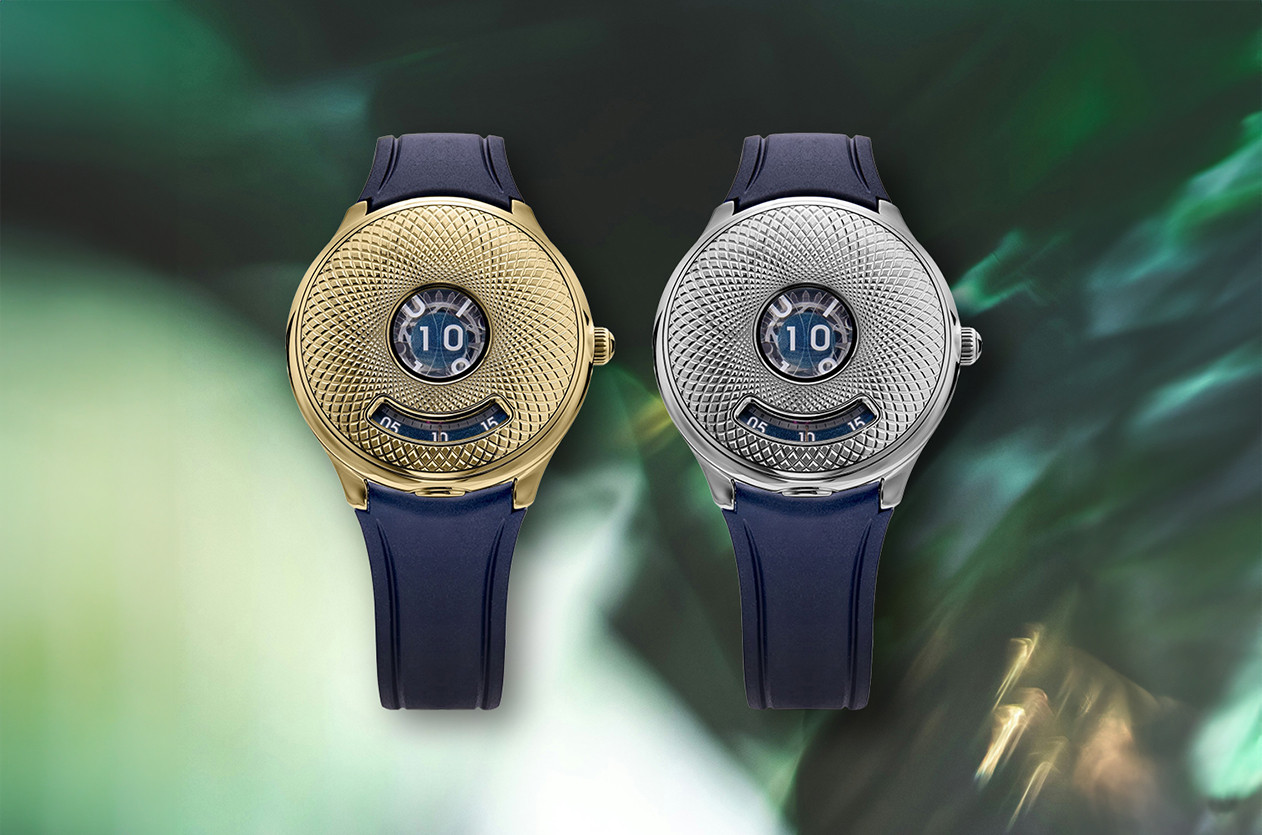
Introducing Czapek Unveils the Time Jumper 10th Anniversary
Comment Delete Text
This page is available in English only. Please click below to visit Arabic Home page!